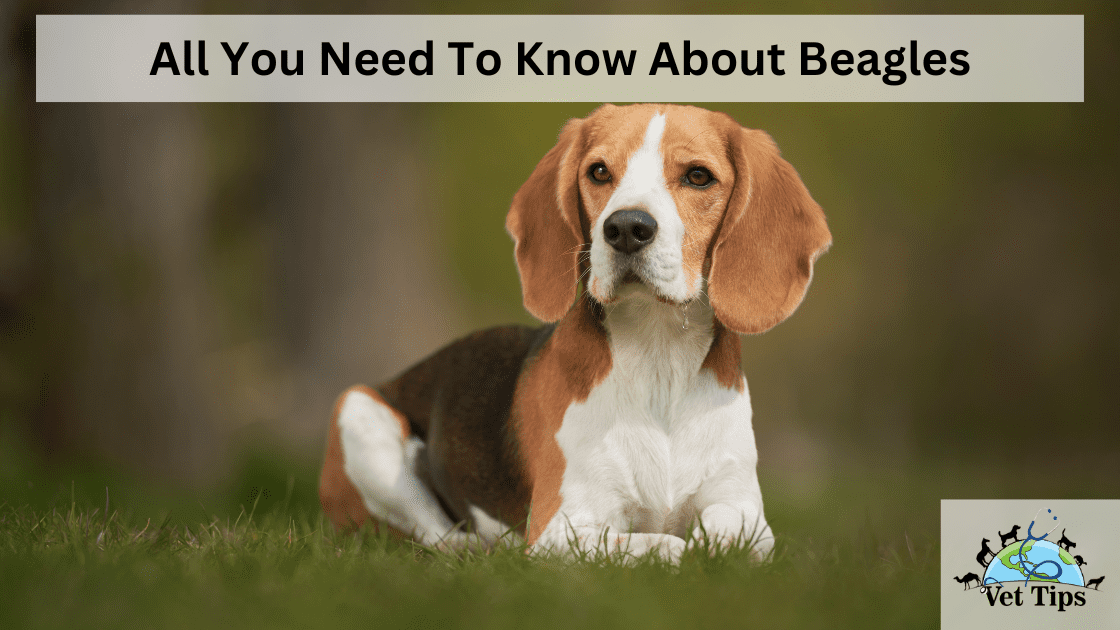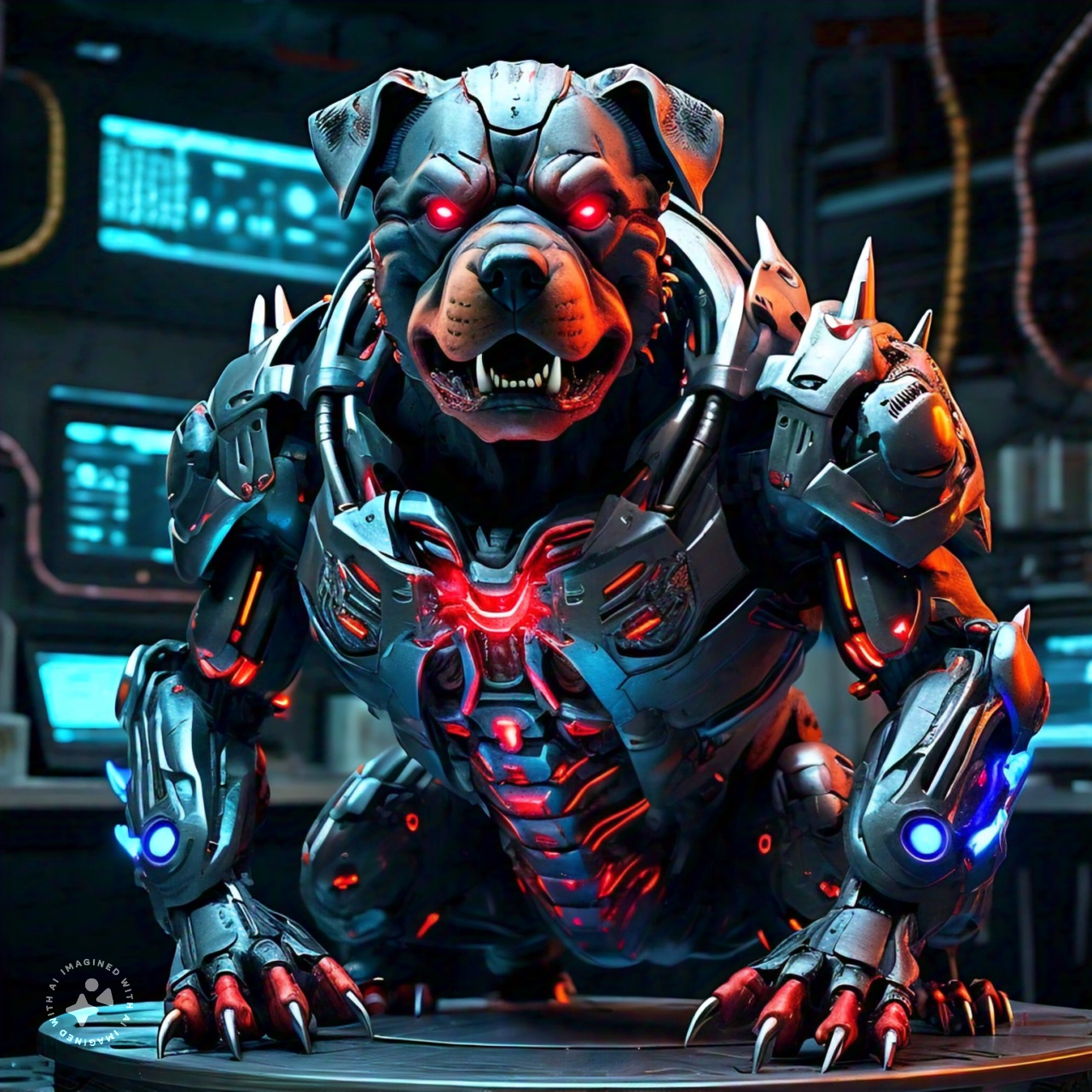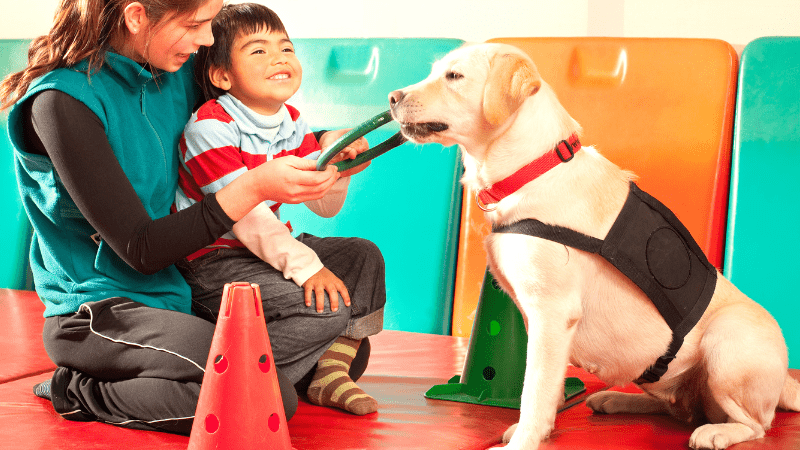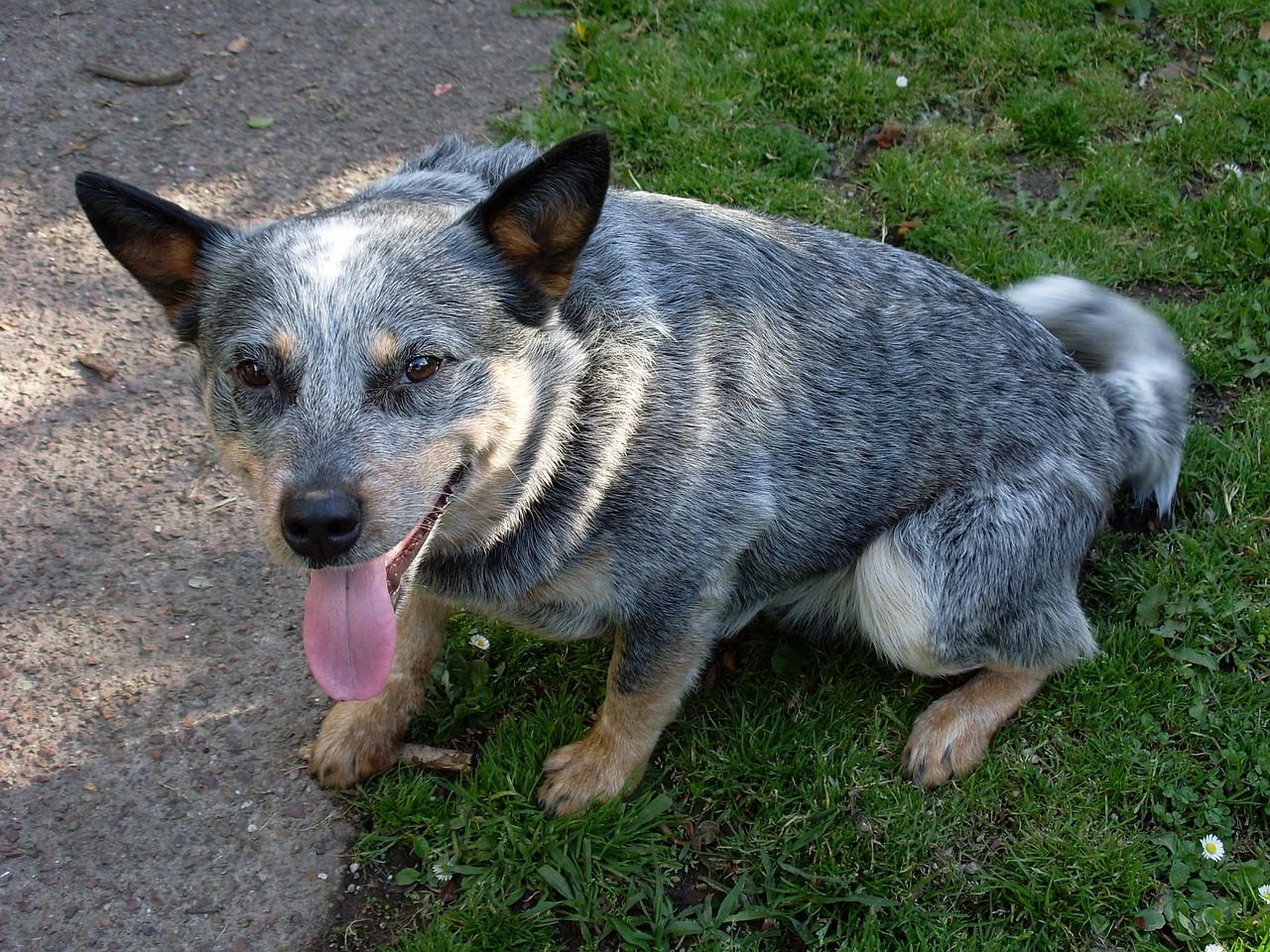Rottweilers are a breed of dog that exudes power, loyalty, and intelligence. With their distinctive appearance and rich history, they have captured the hearts of many dog enthusiasts. If you’re considering adding a Rottweiler to your family or simply want to learn more about this magnificent breed, you’ve come to the right place. In this comprehensive guide, we will explore All You Need To Know About Beagles including their characteristics, care requirements, training, and health considerations.
Let’s move on…
History of the Breed:
The term “beagle” has an ambiguous origin. It’s supposed to have come from the French term begueule, which means wide neck, or the Old English word beag, which means tiny. Others believe it stems from the French word beugler, which means “to shout,” or the German term begele, which means “to scold.”
The breed’s history is also hazy, as species we know them now did not emerge until the nineteenth century—Greek documents supporting Beagles history dates back to 400 B.C. The Romans may have imported tiny rabbit-hunting hounds to England and bred them with the indigenous hounds, resulting in Beagle-like canines.
During the Norman Conquest in 1066, William the Conqueror has imported Talbot hounds (now extinct) to England. The Beagle and Foxhound are considered to have descended from these dogs.
Breed Characteristics:
| Adaptability | Number of stars (score out of 5) |
| Apartment living | 4/5 |
| Suitable for first-time owners | 3/5 |
| Sensitivity level | 4/5 |
| Can stay alone | 1/5 |
| Can stay in hot weather | 2/5 |
| Can stay in cold weather | 4/5 |
| Friendliness | Number of stars (score out of 5) |
| Affectionate With Family | 5/5 |
| Love for kids | 5/5 |
| Love for other dogs | 5/5 |
| Love for strangers | 5/5 |
| Health & Grooming | Number of stars (score out of 5) |
| Amount of shredding | 3/5 |
| Drooling potential | 1/5 |
| Ease of grooming | 4/5 |
| General health | 1/5 |
| Weight gain potential | 5/5 |
| Size | 2/5 |
| Trainability | Number of stars (score out of 5) |
| Intelligent | 4/5 |
| Potential of mouthiness | 3/5 |
| Drive preys away | 5/5 |
| Barking/Howling potential | 5/5 |
| Wanderlust chances | 5/5 |
| Physical Needs | Number of stars (score out of 5) |
| Energy level | 4/5 |
| Intensity | 5/5 |
| Need to exercise | 4/5 |
| Playfulness | 5/5 |
Key statistics:
| Breed Group | Avg. Height | Avg. Weight | Max lifespan |
| Hound Dogs | 14 to 15 inches tall (Shoulder height) | 18 to 30 pounds | 10 to 15 years |
Check out this premium beagle T-shirt for both men and women with multiple color variations. This T-shirt is designed specifically for beagle parents.
Appearance:
Beagles are available in two different sizes. Beagles have a strong, muscular build and a somewhat domed head. Their snout is wide, and their muzzle is squarish. Ears are drooping and long. Their chests are deep, their backs are straight, and their tails are somewhat long and held high.
Health:
Although not all Beagles will contract one or more of these diseases, it’s vital to be aware of them if you’re thinking about getting one. The most common ailments from which Beagles suffered are:
- Intervertebral Disk Disease
- Hip Dysplasia
- Cherry Eye
- Glaucoma
- Progressive Retinal Atrophy (PRA)
- Distichiasis
- Epilepsy
- Hypothyroidism
- Beagle Dwarfism
- Chinese Beagle Syndrome (CBS)
- Patellar Luxation
Feeding:
1 to 1.5 cups of high-quality dry food per day is enough for Beagles. Split the food into two equal meals is recommended by vets.
Coat Color & Grooming:
Beagles are allowed to be “any hound color,” according to the breed standard. Beagles are commonly tricolor, with a black saddle (the region across the back), white legs, chest, belly, tail tip, and tan on the head and around the saddle.
The red and white Irish spotting pattern on the face, neck, legs, and tip of the tail is the second most frequent color combination. Sometimes they have a white or creamy tip on their tails, regardless of hue, so hunters can see them when hunting in tall grass.
Children & Other Pets:
Beagles form strong bonds with all members of the household, especially youngsters. However, because they may be boisterous when playing, they must be properly socialized and watched around tiny children. Furthermore, Beagles are “mouthy,” grasping objects with their jaws to play, even your or your child’s hand. This is something they do for enjoyment.
Check this Beagle Mug (only for Beagle moms). We assure you.. you gonna love it.
Interesting information about the breed: All You Need To Know About Beagles
- Housetraining Beagles may be challenging. Specific sources claim that thoroughly housetraining some Beagles might take up to a year. It is suggested that you train your Beagle in a crate.
- If left alone in a house for an extended period of time, beagles might become bored. Beagles will begin to entertain themselves by howling, digging, or attempting to flee if left alone in the backyard.
- Despite their affectionate and kind nature, Beagles may be obstinate and independent. It is suggested that you undergo obedience instruction.
- Because they are typically friendly to everyone they encounter, beagles are not ideal guards or protection dogs.
- When it comes to eating, your Beagle will most likely take its food dish very seriously. Teach your children to respect your Beagle when it is eating and not to approach or taunt it with food while it is doing so.
- Beagles are scenthounds, and they will leave if they detect an attractive scent in the air. Their noses control their minds, and nothing else exists in their universe until they smell anything fascinating.
Tell us in the comments, how you like our article “All You Need To Know About Beagles”
For similar posts like this, click here.
For the source file, click here.









One thought on “All You Need To Know About Beagles: A Guide to Understanding and Caring for this Magnificent Breed”